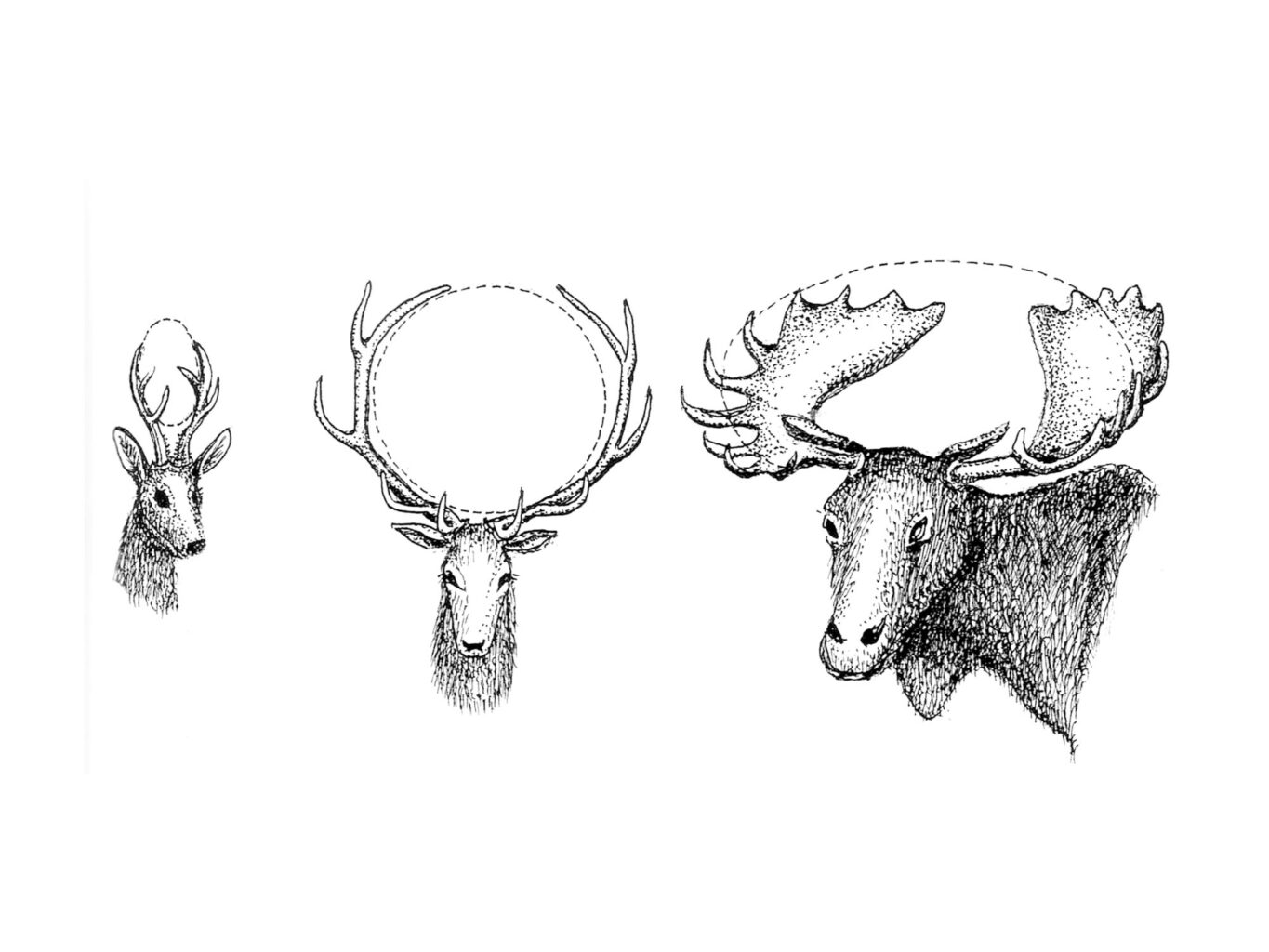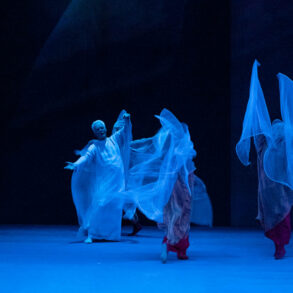Aside from his course activities at the Hamburg seminary of the Christian Community, I was able to have a series of conversations with Wolfgang Schad, which I look back on with gratitude.
First, it should be briefly mentioned why an evolutionary biologist was asked for the education of clergy. The fact that perception training in the Goethean method is part of the basis of priestly training goes back to the corresponding courses of Friedrich Benesch (1907–1991) at the Stuttgart Seminary. However, Rudolf Steiner’s teaching courses for the founders of the Christian Community in 1921 and 1922 already gave the first impetus for this. In addition to theological topics, a deep relationship between natural science and spiritual science was also effective, as it is alive in anthroposophy. I think Schad took up this interdisciplinary practice with a fine balance between scientific clarity and religious openness. For him, the sometimes quite contentious attitude of scientific exactness was not in contradiction with the patience needed to live with unresolved questions.

For me, the most important clarification, which I owe to the conversations mentioned, relates to an inner attitude towards anthroposophy that leads to misunderstandings. It is the fatal tendency towards a dualistic view of the polarity of spirit and matter. Many insights into the connection between idea and appearance, about God and the world, and about interior and exterior, have nevertheless allowed me to maintain a latent tendency towards separation or division. Schad’s doctrine of double procreation in embryology, which he also unlocked to me with regards to the higher plants and thus for wheat and wine, gave another basis for understanding what is at the center of transubstantiation in the sacrament of the Lord’s Supper.
The fact that in the development and maturity of higher living beings there are in each case two parts in opposite developmental dynamics creates a bridge that reveals the connection between spirit and matter in a surprising way: In embodied human beings, for example, only one part, the growing embryo, passes from the spiritual into the corporeal, while the other part, the surrendering so-called ‹placenta›, passes from the corporeal into the spiritual. In short, for life in the body after birth, the ‹afterbirth› dies before the embodied human being. This polar connection manifests itself – and this was the decisive clue for me – in the duality of human ‹I›-nature. The part of the ‹I› that is anchored in the body remains closer to us. Our higher ‹I› or true ‹I› unfolds its essence in the spiritual, and is initially further away from us, as well as the part of our bodily being left behind at birth. Center-‹I› and body are one connection between mind and matter, peripheral ‹I› and afterbirth the other part.
Translation Monika Werner









